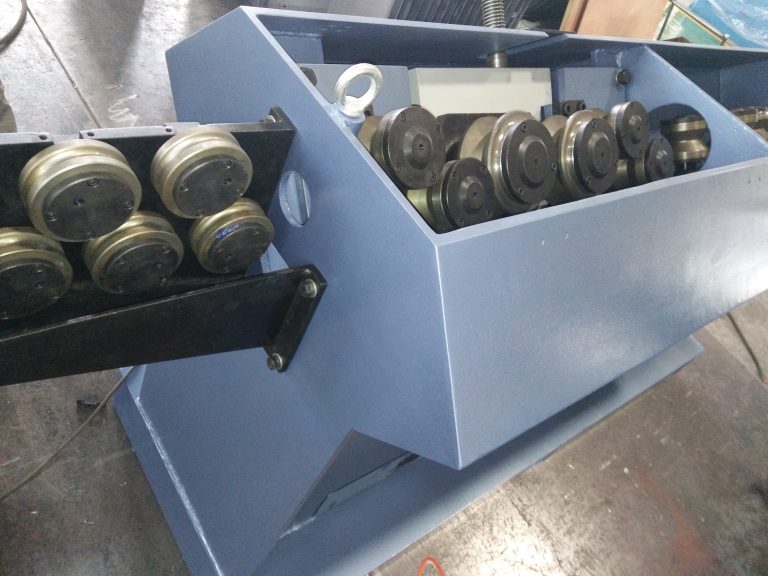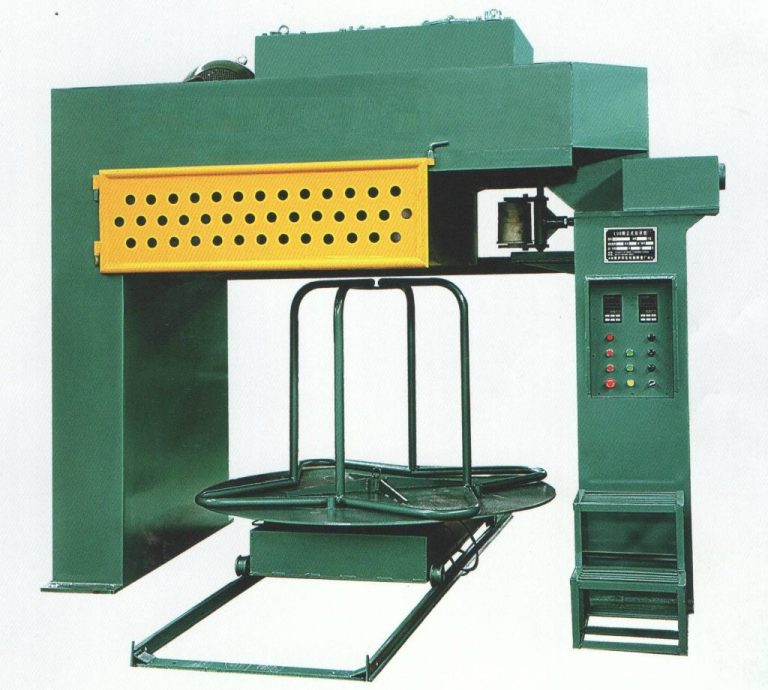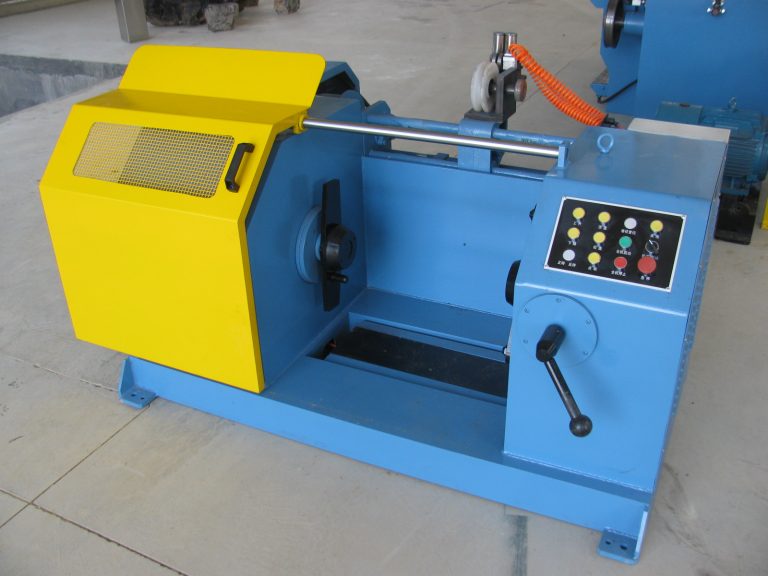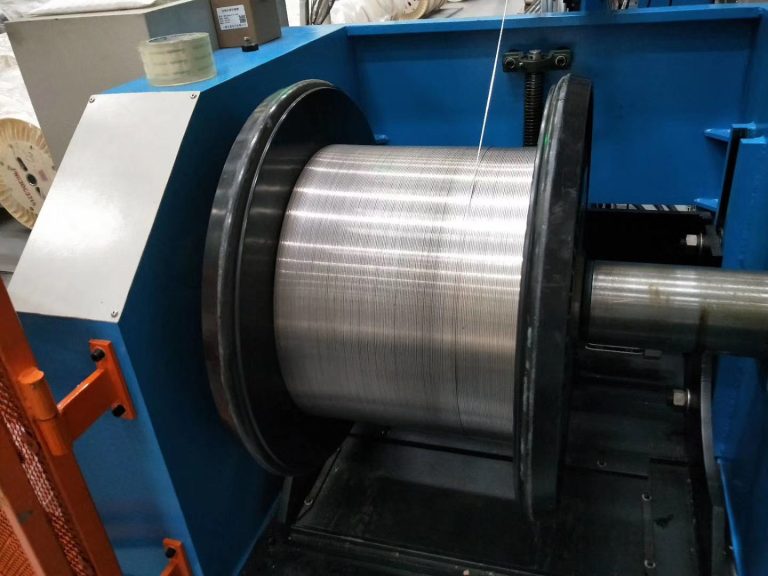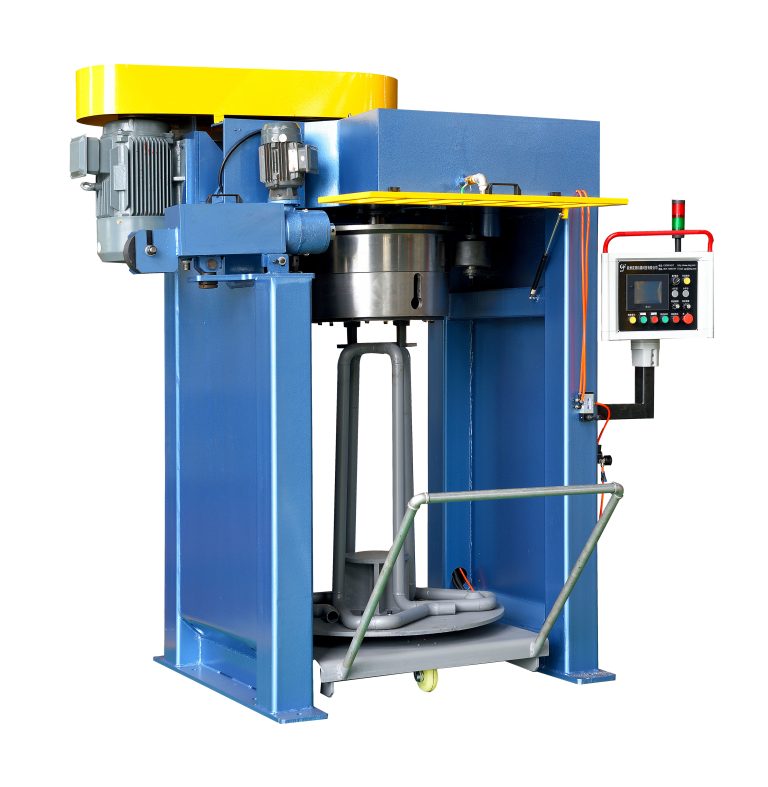Table of Contents
How to Properly Maintain and Care for Your Take Up Machine
A Take-Up Machine is an essential piece of equipment in many industries, including textiles, printing, and packaging. It is used to wind up material onto a spool or reel, allowing for easy storage and transportation. Proper maintenance and care of your take-up machine are crucial to ensure its longevity and optimal performance. In this article, we will discuss some key tips on how to properly maintain and care for your take-up machine.
First and foremost, it is important to regularly inspect your take-up machine for any signs of wear and tear. Check for loose or damaged parts, such as belts, gears, and bearings. Replace any worn or damaged components immediately to prevent further damage to the machine. Regular inspections can help identify potential issues early on and prevent costly repairs down the line.

In addition to regular inspections, it is important to keep your take-up machine clean and free of debris. Dust, dirt, and other contaminants can build up on the machine over time, causing it to operate less efficiently. Use a soft brush or cloth to remove any debris from the machine regularly. Avoid using harsh chemicals or abrasive materials, as these can damage the machine’s components.
Another important aspect of maintaining your take-up machine is lubrication. Proper lubrication is essential to ensure smooth operation and prevent excessive wear on the machine’s moving parts. Refer to the manufacturer’s guidelines for the recommended type and frequency of lubrication. Be sure to use high-quality lubricants that are compatible with your machine to avoid damage.
In addition to regular maintenance tasks, it is important to operate your take-up machine correctly to prevent unnecessary wear and tear. Follow the manufacturer’s guidelines for operating the machine, including proper loading and unloading procedures. Avoid overloading the machine or running it at excessive speeds, as this can cause damage to the components.
If you encounter any issues with your take-up machine, such as unusual noises or vibrations, it is important to address them promptly. Ignoring these warning signs can lead to more serious problems and costly repairs. Consult the manufacturer’s manual or contact a professional technician for assistance if needed.
Proper storage of your take-up machine is also important to ensure its longevity. Store the machine in a clean, dry environment away from extreme temperatures and humidity. Cover the machine when not in use to protect it from dust and debris. Proper storage can help prevent damage and extend the life of your take-up machine.
In conclusion, proper maintenance and care of your take-up machine are essential to ensure its longevity and optimal performance. Regular inspections, cleaning, lubrication, and correct operation are key aspects of maintaining your machine. Address any issues promptly and store the machine properly to prevent damage. By following these tips, you can keep your take-up machine in top condition and avoid costly repairs.
The Benefits of Using a Take-Up Machine in Industrial Settings
In industrial settings, efficiency and productivity are key factors in ensuring smooth operations and meeting production targets. One piece of equipment that can greatly contribute to these goals is a take-up machine. Take-up machines are used to wind up material such as wire, cable, rope, or fabric onto a spool or reel. They play a crucial role in various industries, including manufacturing, construction, and telecommunications.
One of the primary benefits of using a take-up machine is its ability to increase productivity. By automating the process of winding up material, take-up machines can significantly reduce the time and effort required to complete this task. This allows workers to focus on other important aspects of their job, leading to overall improved efficiency in the workplace.

Moreover, take-up machines are designed to handle a wide range of materials and can accommodate different sizes and types of spools or reels. This versatility makes them suitable for a variety of applications, from small-scale operations to large industrial settings. Whether you need to wind up thin wires or heavy cables, a take-up machine can be customized to meet your specific requirements.
Another advantage of using a take-up machine is its ability to ensure consistent and uniform winding of material. Manual winding can often result in uneven distribution, which can lead to issues such as tangling or breakage during transportation or storage. With a take-up machine, you can achieve precise and uniform winding, reducing the risk of damage and ensuring the quality of the finished product.
In addition to improving productivity and quality, take-up machines also offer safety benefits in industrial settings. Manual winding can be a labor-intensive and potentially hazardous task, especially when dealing with heavy or bulky materials. By automating this process, take-up machines help reduce the risk of injuries and accidents, creating a safer work environment for employees.
Furthermore, take-up machines are designed to be user-friendly and easy to operate. Most models come equipped with intuitive controls and features that allow operators to adjust settings and monitor the winding process with ease. This not only simplifies the operation of the machine but also reduces the need for extensive training, making it accessible to a wider range of users.
Overall, the benefits of using a take-up machine in industrial settings are clear. From increasing productivity and ensuring quality to enhancing safety and ease of operation, these machines offer a range of advantages that can help businesses streamline their operations and achieve their production goals. Whether you are looking to improve efficiency in your manufacturing process or enhance the safety of your workplace, investing in a take-up machine can be a valuable asset for your business.

